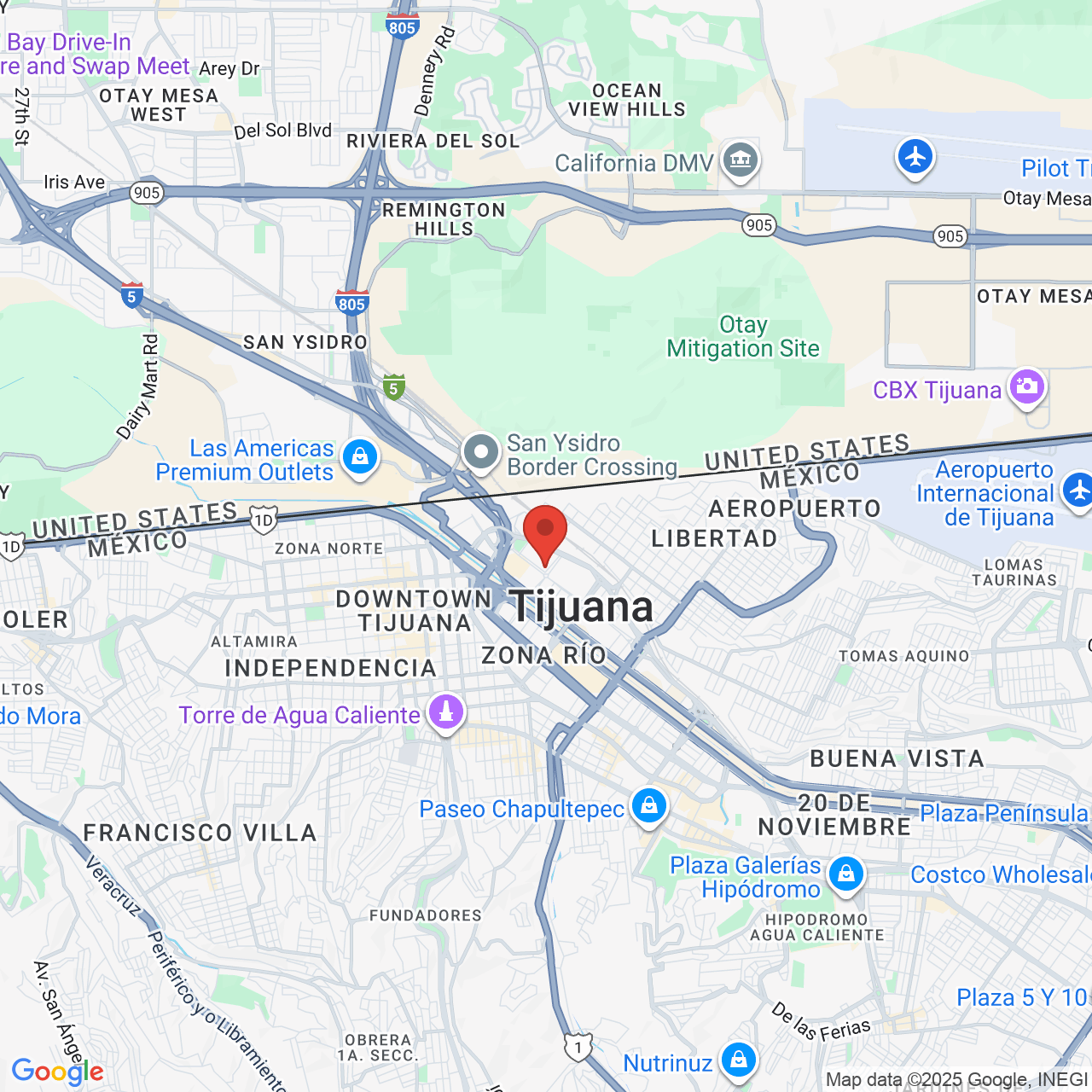
Laparoscopic Urology
The Impressive Benefits of Laparoscopic Care
Traditionally, accessing the organs within the abdomen would require extensive incisions in order for the surgeon to view the treatment area and address the issue. This treatment approach involved extensive trauma to surrounding tissues, greater risks, a lengthy recovery, and significant scarring.
Laparoscopic surgery is often called "keyhole surgery" due to the incredibly small incision used to access the organs. This landmark medical advancement is made possible through the use of very small surgical tools that the surgeon guides by watching a video monitor connected to a very small camera called a laparoscope. This minimally invasive approach results in less pain, less bleeding, reduced scarring, and a faster recovery than traditional surgery.

Our Laparoscopic Cancer Treatments
Prostatectomy
When cancer is located within the prostate, the entire organ must be removed. During this procedure, Dr. Herrera will remove the prostate and some surrounding tissues. Depending on the stage of cancer, he may also recommend removing nearby lymph nodes, the seminal vesicles, and certain parts of the vas deferens in order to ensure the removal of all cancer cells.
Cystectomy
For patients diagnosed with bladder cancer, all or a portion of the bladder will need to be removed. After your full recovery, reconstructive surgery can be performed to create a new bladder. A study of 16 surgical trials found that the minimally invasive laparoscopic approach to cystectomy offered several benefits over traditional surgery. These included significantly fewer complications as well as a lower need for analgesic drugs.
Nephrectomy
A laparoscopic nephrectomy removes a diseased or cancerous kidney, large kidney stones, and nearby tissues. This procedure can also be performed when only a portion of the kidney needs to be removed. With regard to kidney removal, the laparoscopic nephrectomy success rate is equal to that of open surgical approaches, all while avoiding many complications.
Nephroureterectomy
For patients with a more aggressive type of cancer that covers a larger area in the upper urinary tract or transitional epithelium, a laparoscopic nephroureterectomy can be performed. During this urologic surgery, Dr. Herrera can remove the affected kidney, ureter, adrenal gland, bladder cuff, and surrounding tissues.
Adrenalectomy
Our surgeon can remove one or both adrenal glands to treat hormone imbalances or tumor growths. In some cases, a portion of the glands can remain intact to provide full functionality. If Dr. Herrera must remove the entirety of one or both glands, ongoing supplemental drug therapy treatment will be necessary.
Meet Our Stellar Surgeon
Dr. Herrera is a highly experienced urologist who has earned widespread renown for his expertise. After earning his medical degree, he completed a five-year surgery and urology residency in Cuba, a nation known for its excellent health outcomes.
Dr. Herrera then proved himself to be an elevated talent in the field of urology by earning board certification from the Consejo Nacional Mexicano de Urologia A.C. Board certification denotes a heightened level of skill, knowledge, and ethics when it comes to medical treatment.
He currently serves as Chief of Surgery Public Medical Center in Tijuana, Mexico. Dr. Herrera's status as a leading urologist has led to many published articles as well as numerous urologic speaking engagements.

Reach Out to Dr. Herrera
Our urologist has dedicated his career to providing the best urologic procedures in Mexico. He provides high-quality urological surgery in a private, luxurious location. Patients choose our practice because they know they will receive advanced laparoscopic care that equals American quality at a fraction of the price.
Being diagnosed with cancer in your kidneys, bladder, prostate, or urinary tract can be devastating. We also handle many other types of services. Reach out to us to learn more about how laparoscopic surgery can meet your needs with better results than traditional open surgery. This technique requires just one night in the hospital, if any.
(619) 392-8516

A 5-Star Review From a Tijuana Patient
"I am glad I decided to use Dr. Luis Herrera, he was nothing but knowledgeable and understanding when it came to my procedure. He took the time to explain the procedure, and inform me of everything that would take place. No regrets, here, and if I had to do it again, this is my choice, and I highly recommend." J Garcia
We Also Perform Laparoscopic Reconstructive Surgery
After you have fully recovered from your initial laparoscopic procedure, a follow-up surgery may be required to reconstruct the area. Undergoing reconstructive surgery can restore the function of the organ. If the ureter and bladder have been removed, for example, Dr. Herrera can construct a synthetic bladder and ureter to restore your urinary tract.
You May Benefit From Laser Kidney Stone Removal
Some patients seek us out to receive a nephrectomy to remove kidney stones. In some cases, Dr. Herrera can effectively remove kidney stones without the need for laparoscopic urologic surgery. Depending on your specific needs, he may be able to use an advanced Holmium Laser to restore your health.
The Holmium Laser removes kidney stones without the need for any surgical incisions. Instead, the laser technology breaks down kidney stones into tiny pieces that can easily pass through your urinary tract. This option is simpler than a nephrectomy. However, our urologic expert may recommend a minimally invasive nephrectomy if your kidney stones are too large.
Another 5-Star Review Earned by Our Tijuana, Mexico, Team
"Overall a great experience with Dr Luis Herrera. Quality service with quality people. Could not have asked for more. I had over 20 years since my vasectomy and he was able to reconnect." David Cease

